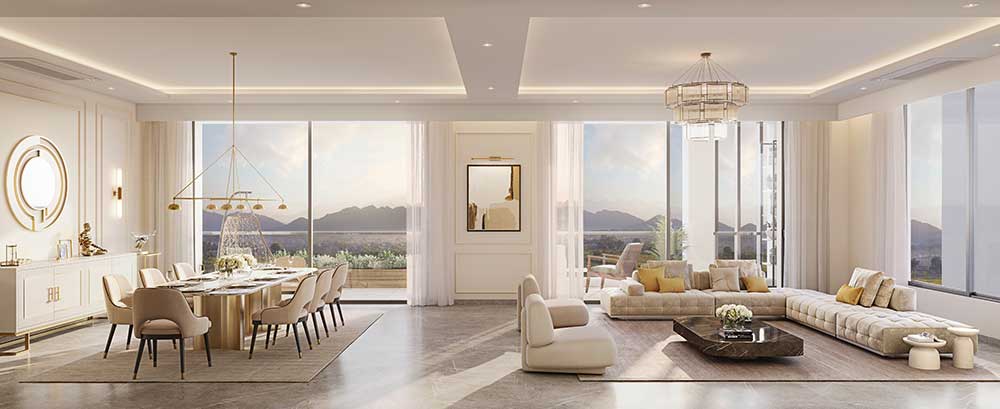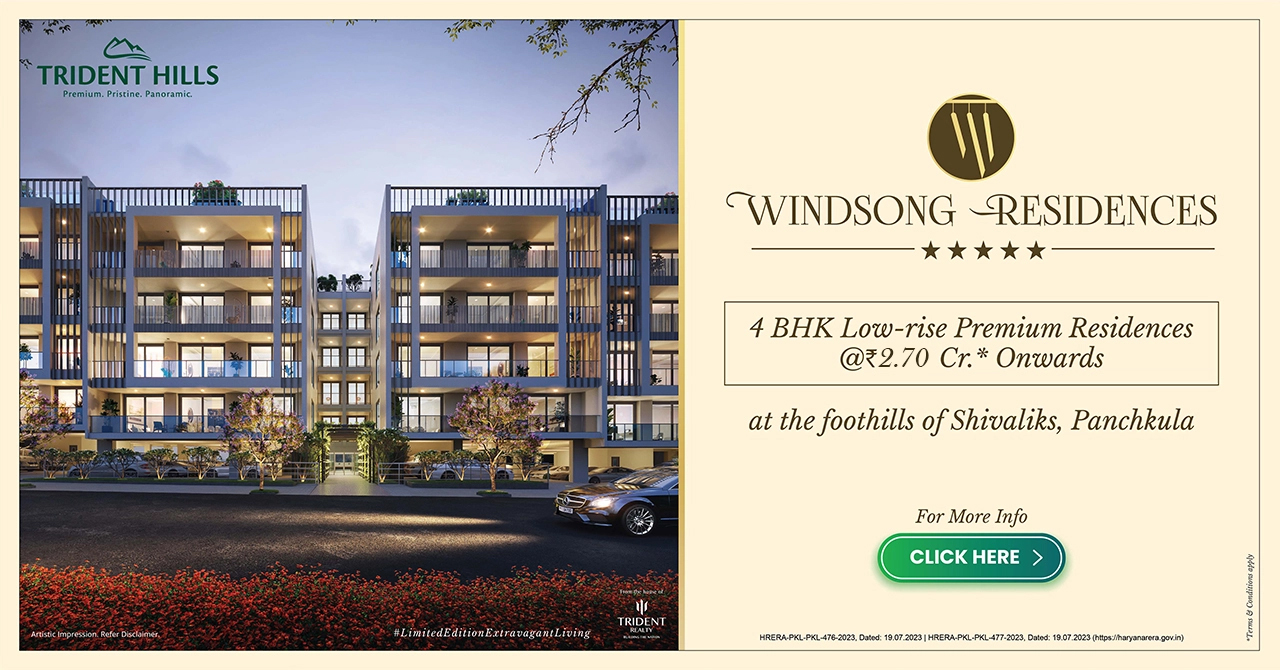
How Vastu Can Transform Your Living Space
Have you ever wondered why some homes just feel right? A sense of peace washes over you the moment you step in, and you can't shake off the feeling of contentment. While aesthetics, layout, and personal taste undoubtedly play a role, there's an ancient science that has been influencing human habitats for centuries: Vastu. Let's delve into how this timeless wisdom can transform your living space into a harmonious haven.
When it comes to designing a home, many people seek harmony,
balance, and positive energy within their living spaces. One ancient practice
that has guided home design in this pursuit is Vastu Shastra. Originating in
India, Vastu Shastra is a traditional system of architecture that emphasizes
the importance of spatial arrangement and directional alignments to promote
well-being and prosperity.
Understanding Vastu Shastra
Vastu Shastra, often referred to simply as Vastu, translates
to the "science of architecture." It encompasses various principles
that govern the placement and orientation of buildings and rooms to harness the
natural energies of the environment. Similar to the Chinese practice of Feng
Shui, Vastu aims to create spaces that enhance the flow of positive energy, or
"prana," and mitigate negative influences.
Key Principles of Vastu
1. Directional Alignments: Vastu places significant
importance on the cardinal directions—north, south, east, and west. Each
direction is believed to be governed by different elements and deities,
affecting various aspects of life. For instance, the northeast is considered
auspicious for the main entrance as it invites positive energy, while the
southwest is ideal for master bedrooms to ensure stability and strength.
2. Room Placement: According to Vastu, the function of each
room in a house should align with the directional energies. Kitchens, for
example, are best located in the southeast corner, governed by the fire
element, while living rooms should ideally face north or east to promote social
interaction and positivity.
3. Balancing Elements: Vastu emphasizes the balance of the
five natural elements—earth, water, fire, air, and space. This balance is
achieved through careful selection of materials, colors, and décor. For
example, water features like fountains or aquariums are often placed in the
northeast to enhance the flow of prosperity and tranquility.
4. Open Spaces and Ventilation: Ensuring ample open spaces
and proper ventilation is a crucial aspect of Vastu. This principle not only
promotes the free flow of prana but also contributes to the physical health and
comfort of the occupants. Large windows, open courtyards, and airy rooms are
encouraged to invite natural light and fresh air.
5. The Human Connection
Incorporating Vastu principles into home design is not
merely about following a set of rules; it is about creating spaces that
resonate with the occupants on a deeper level. Homes designed with Vastu in
mind often evoke a sense of peace, security, and well-being. The alignment of
physical spaces with natural energies can subtly influence moods,
relationships, and overall quality of life.
For many, adhering to Vastu is a way of honoring tradition
and cultural heritage. It is a reminder of the interconnectedness between
humans and their environment, and the belief that our surroundings can
significantly impact our inner lives.
6. Practical Considerations
While some may view Vastu as purely spiritual or
superstitious, many of its principles have practical benefits that align with
modern architectural practices. For instance, orienting a home to capture
natural light and ventilation can reduce energy consumption and improve indoor
air quality. Ensuring functional and harmonious room layouts can enhance daily
living experiences and foster a sense of order and calm.
7. Personalizing Vastu
It is important to remember that Vastu is not a
one-size-fits-all solution. Every home and family is unique, and Vastu can be
adapted to suit individual preferences and lifestyles. Consulting with a Vastu
expert can provide personalized guidance on how to integrate these principles
into your home design in a way that feels authentic and meaningful.
Conclusion
The role of Vastu in home design is a testament to the
enduring wisdom of ancient traditions and their relevance in our contemporary
lives. By embracing Vastu principles, homeowners can create spaces that not
only look beautiful but also nurture the spirit and enhance well-being. Whether
you are building a new home or renovating an existing one, considering Vastu
can be a valuable step towards creating a harmonious and happy living
environment.









